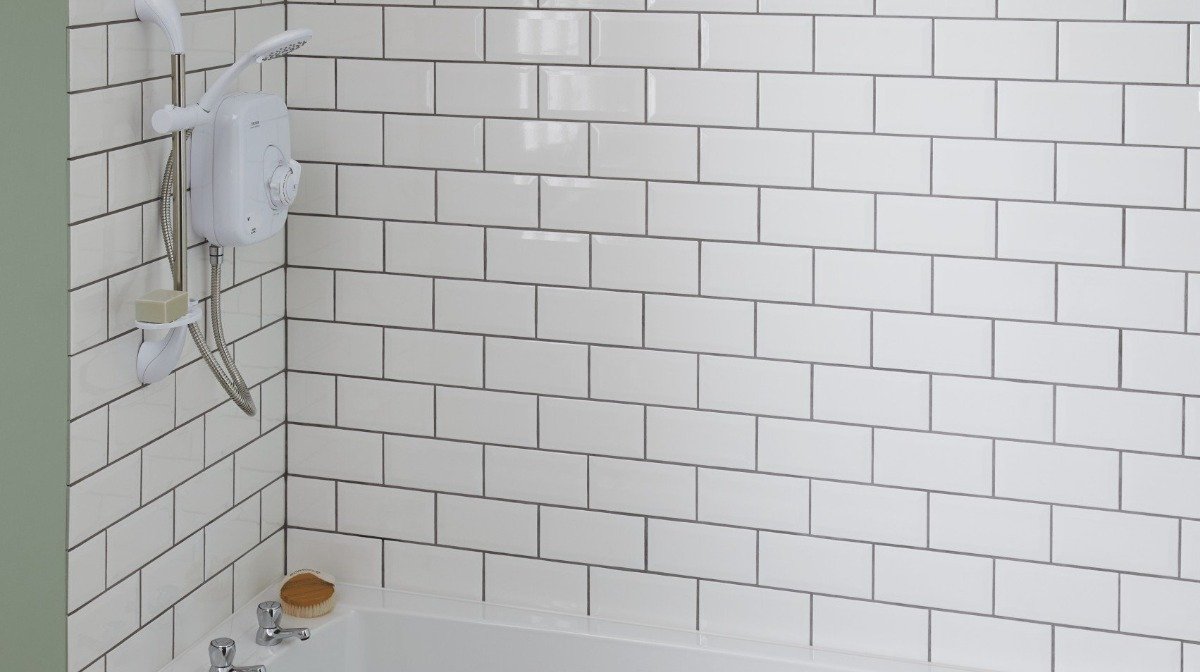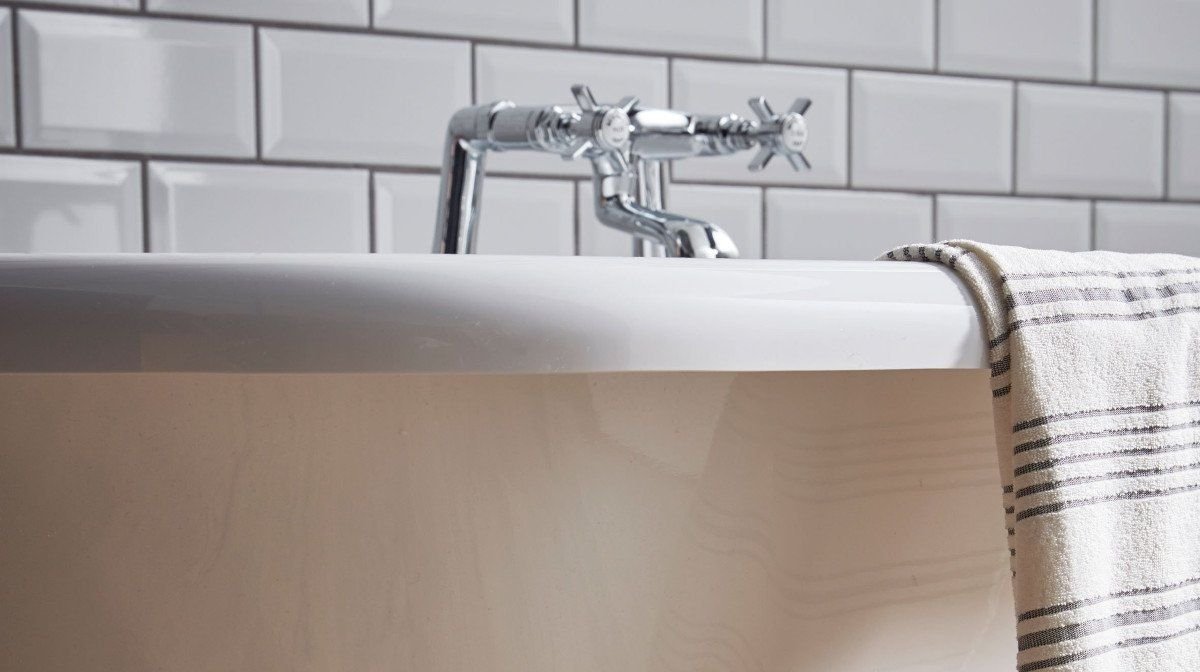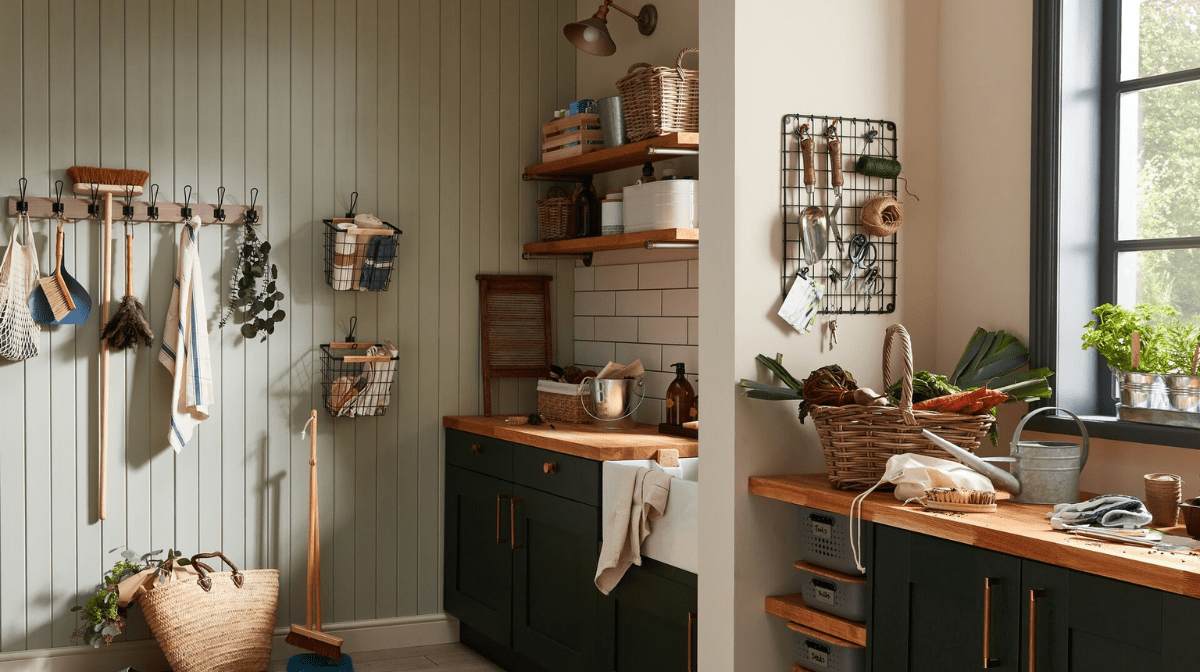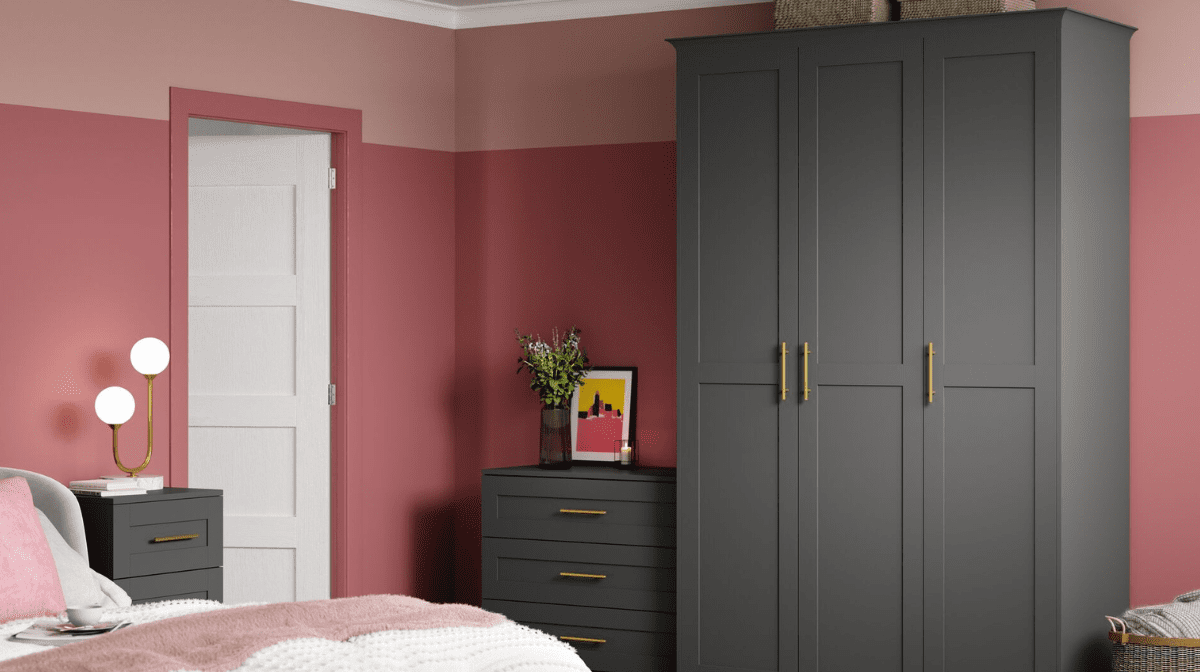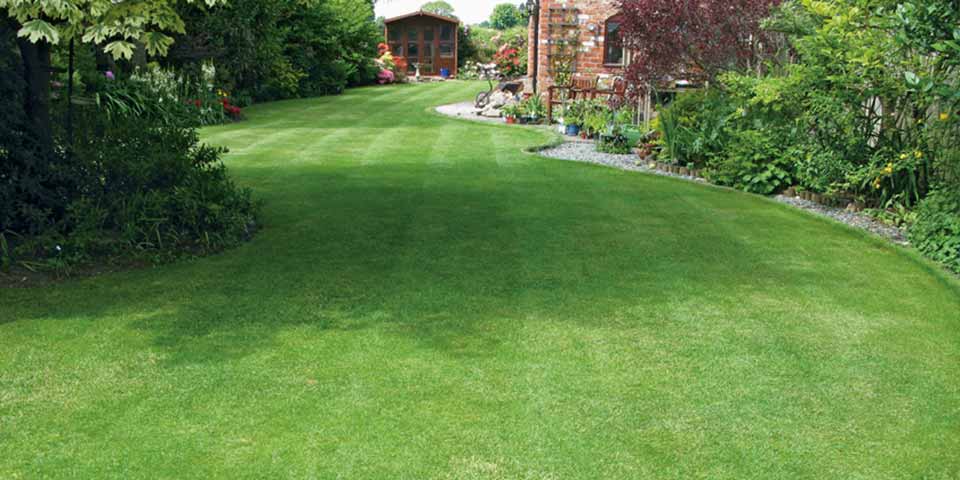Enjoy a steamy shower on demand – always ready to use, day or night.
Electric showers only take water from the main cold water supply, which is ideal for households where there may be a shortage of hot water. Water heats up when you switch the shower on, as it passes over a heating element inside the shower. Therefore, it does not use up your stored hot water. Follow our guide to installing an electric shower, how to prepare and the tools you need for the job.
Preparation
An electric shower is a relatively straightforward system to install, but there are several factors that should be considered beforehand:
– Electric showers require a minimum water pressure to work, and will also have a minimum flow rate requirement. Always check the specific details of this, which should be included in the manufacturer’s guide.
– Check your measurements to ensure that the shower handset is suitable for all to use! Will it be high enough for the tallest person likely to use it, yet low enough for children to use?
– Clean the area ahead of installation and clear clutter to allow yourself plenty of room to work comfortably.
Materials
- Power drill
- Masonry bit
- Half-inch copper branch pipe
- Pipe cutter
- Stopcock
- Double pole pull-switch
- Yellow and green wire sleeving
How to install an electric shower
The plumbing
1. Select a safe, easily accessible location for the shower to be installed. An electric shower requires plumbing only to a mains cold water supply with a 15mm diameter pipe.
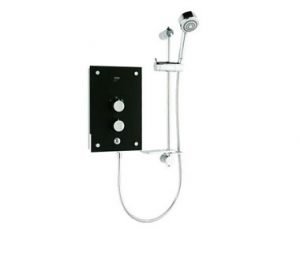
2. Mark holes on the wall where you will mount the shower unit then drill pilot holes using the correct size of masonry bit. Use your drill to make a hole in the wall to fit the copper branch pipe which will link the shower head to the main water valve. Now cut the pipe and insert it into the hole.
3. Attach a stopcock to the end of the branch pipe and check the arrow is pointing towards the shower head, away from the rising main.
4. Attach the T-joint to the rising main and tighten as necessary, then cut an extra piece of connecting pipe to link the T-joint to the stopcock, and link the branch pipe to the main valve.
5. Fix the shower head to the end of the copper branch pipe, and then fix the shower unit box to the wall where you created pilot holes. Finally, link the flexible spray hose to the shower unit and the shower head.
The electrics
1. Create a hole in the ceiling, then attach the mounting board that the pull-switch back plate will join to. Run a circuit cable through the mounting board, right up to the ceiling; leave a sufficient amount of cable at the switch location.
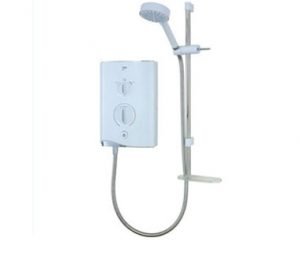
2. Strip back the leftover cable at the switch to reveal one black wire, one red wire and a group of bare wires. Take the bare wires and entwine them, then do the same with the ground wires, before covering them individually with green and yellow sleeving.
3. Attach the wires with the new sleeving to the “E” terminal of the pull-switch, then connect the red wire to the “L” terminal and the black wire to the “N” terminal.
4. Strip back the cable linked to the shower unit, as before, to reveal one black wire, one red wire and a group of bare wires. Connect the wires positioned on the shower unit to the “Mains” terminals of the pull-switch. The red wire needs to connect to the “L” terminal, the black wire should connect to the “N” terminal and bare wires to the “E” terminal. Again, the bare wires need to be covered with green or yellow sleeving, before you can link them to the terminal.
5. Run the shower cold to flush through any debris or dirt in the system. Allow the water flow to run to full power, until eventually all air has been released. Switch it off once more, then link the shower head to the hose before finally checking that the unit is set to a comfortable temperature.
Now you’ve fully installed the system, you no longer have to rush to shower or shiver in cold water again! Electric showers are ideal for busy households in which hot water is stored in a tank, as an electric shower will never run out of hot water and there is no need to wait for the tank to refill.

